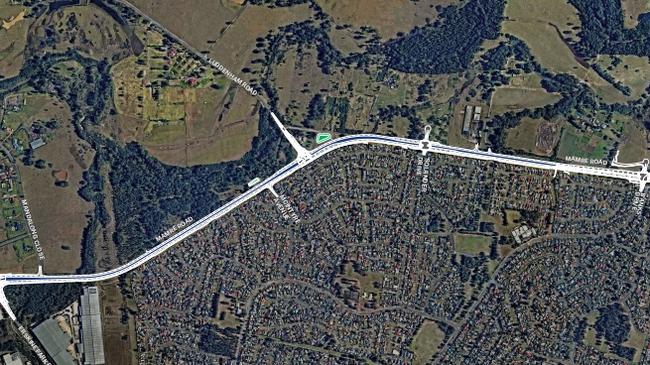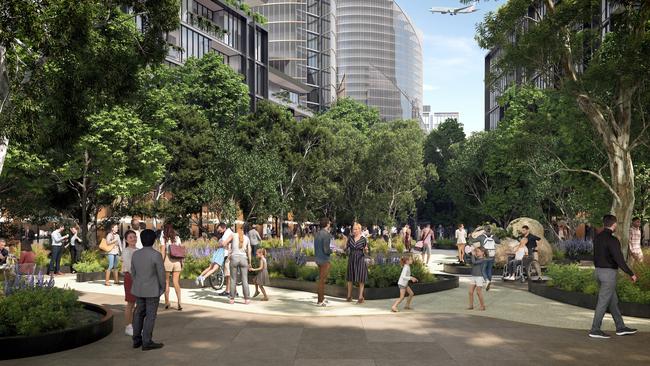Green scheme threatens to choke development in aerotropolis precinct near Western Sydney Airport
Despite financially crippling environmental standards that could hinder development in the aerotropolis surrounding the incoming Western Sydney Airport, surrounding waterways could still be at risk, a new report has found.

NSW
Don't miss out on the headlines from NSW. Followed categories will be added to My News.
Stringent environmental standards to reduce stormwater pollution threaten to choke industrial development in western Sydney’s Aerotropolis precinct, while still failing to prevent waterways degrading “beyond recovery”.
In its final report into the Mamre Road Stormwater scheme, the Independent Pricing and Regulatory Tribunal (IPART) recommends developers pay $850,000 per hectare in developer contributions to fund the stormwater scheme.
More “green-plated” than “gold-plated”, the Mamre Road stormwater scheme was designed to meet environmental targets “much stricter than standard local government targets in the Sydney Metropolitan area”, IPART said.
Under the “stringent” controls, less stormwater will be discharged back into waterways than in other areas, and that water will need extra treatment.
“Stricter water quality targets require a greater than proportional increase in the size of treatment systems, which adds to the costs of the scheme,” IPART said.
The extra cost involves installing “pollutant removal infrastructure” and infrastructure to intercept and store treated stormwater to use in a recycled system. “This is a significant cost driver,” IPART said.

Sydney Water originally wanted to charge developers $1.3m per hectare, but was told to find a cheaper alternative.
IPART found the tougher environmental standards at Mamre Road were reasonable to ensure the catchment does not “progressively degrade” due to increased development.
However, IPART has warnedthat even with strict environmental controls pushing costs up for developers, the water catchment could still be at risk due to run-off from Western Sydney Airport (WSI).

It notes that airport operators intend to apply for lower water standards, which “may allow it to meet a less stringent water quality target than other Aerotropolis developers”.
“This could result in developers paying to meet stricter standards, while the WSI discharges lower quality run-off reducing creek quality … this is likely to cause the waterways to degrade beyond recovery over time,” IPART said.

IPART argued that for every dollar developers paid in project cost, they would save $9 by avoiding “the opportunity cost of permanently sterilised land”.
Developer groups have warned the steep upfront cost will send investment to Melbourne or Brisbane, where comparative costs are much lower.

Instead of paying $850,000 per hectare upfront, the industry has called for the Minns government to impose an “annual stormwater charge” on tenants in the precinct.
“We want more jobs in Western Sydney, not Brisbane or Melbourne,” Urban Development Institute of Australia chief executive Stuart Ayres said/
He said the industry suggestion would “make NSW a more attractive location to invest”.
Water Minister Rose Jackson said WSI should not be exempt from tougher standards.





